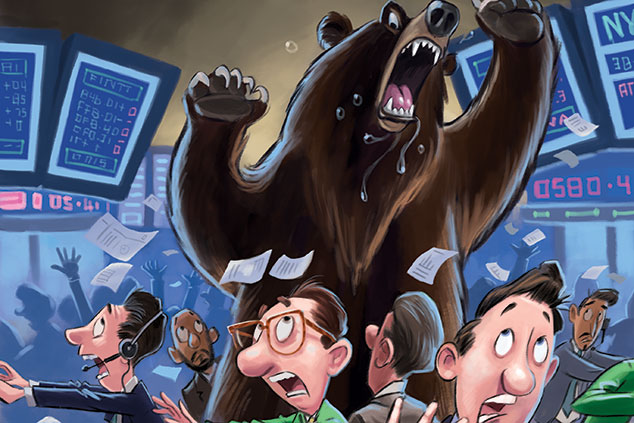
The recent wobble in markets was largely down to one thing – the days of easy money are at an end. John Stepek looks at what it means for your portfolio.
“I think the Fed has gone crazy.” That was US president Donald Trump passing judgement on what spooked markets last week. On Wednesday the Dow Jones index dropped by 3.2%, its biggest such fall since February’s spasm of panic. Trump’s ire raised many an eyebrow. US politicians are supposed to respect the Federal Reserve’s independence, although in reality most presidents in the past have grown at least a little edgy when the Fed has started hiking rates rather than cutting. But whatever you think of Trump, he is broadly correct on the root cause of the correction. There are many reasons for markets to be jittery – I’ve highlighted two key concerns in the boxes below – but the primary driver of the most recent sell-off has been a wave of fear about rising interest rates.
As the chart below shows, the yield on ten-year US Treasuries (what it costs the US government to borrow for a ten-year period) has spiked above 3.25%, and is close to its highest level in seven years. Rates are rising because the US economy is strong – growth is solid, with unemployment at multi-decade lows. That suggests rates should be higher to prevent inflation – still quiescent, but showing signs of stirring – from taking off. Markets now believe that the Fed will raise interest rates once more this year, and then again three times in 2019. As Bob Prince of hedge fund giant Bridgewater Associates sums it up in the Financial Times: “We are clearly shifting from an era of monetary easing to monetary tightening.”
In theory, that’s good news. After all, wouldn’t we all like to get back to “normal” after the fallout from 2008? The problem is, we’ve grown rather too used to low and falling interest rates. Bond yields have been falling since the early 1980s, and since 2008 we’ve had a long period of near-zero interest rates and money printing (quantitative easing, or QE). With debt that cheap, households, governments and companies have all borrowed freely, with the result that global debt levels have risen, not fallen, since the financial crisis. As that debt pile starts to become more expensive, the consequences will make life a lot harder for investors.